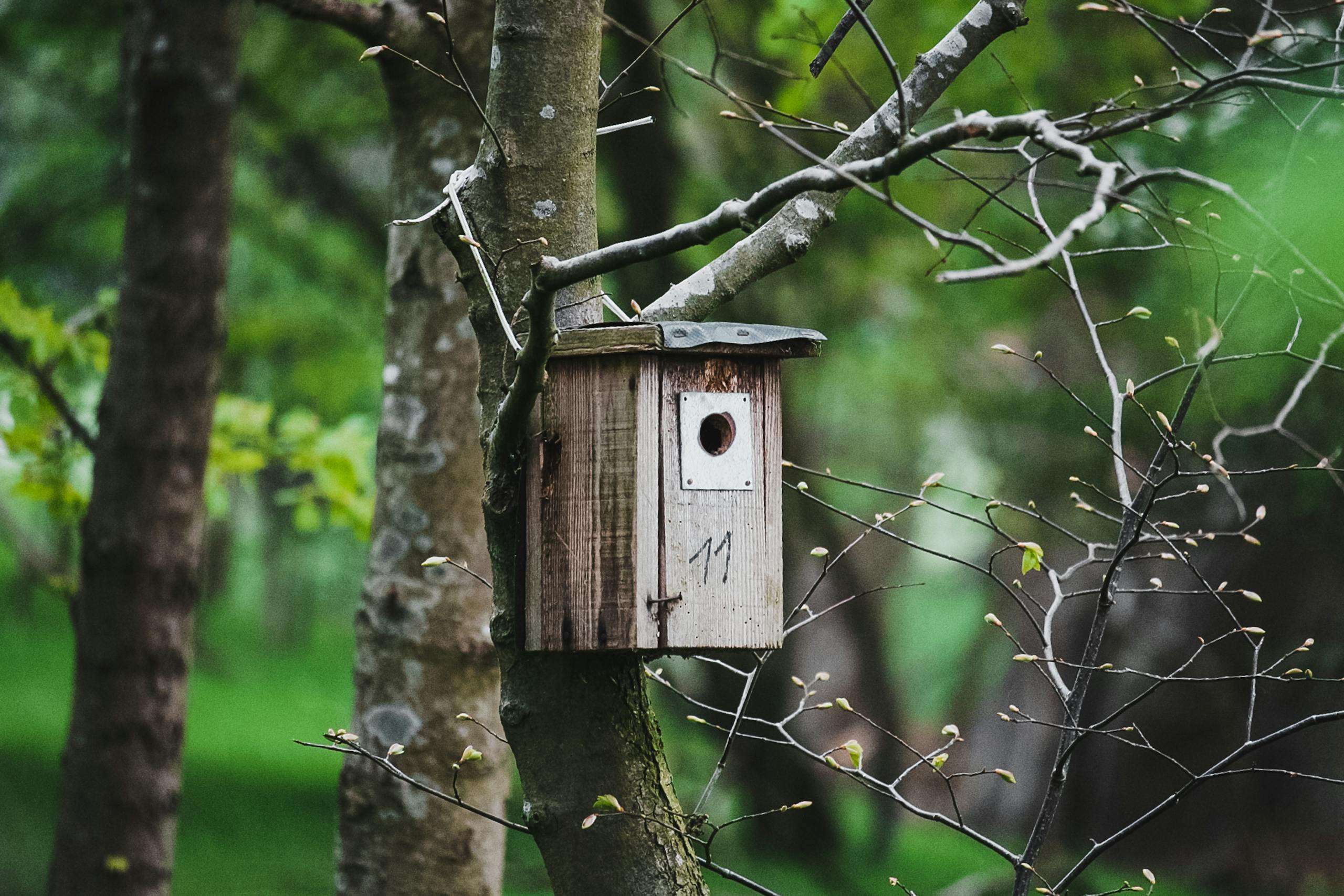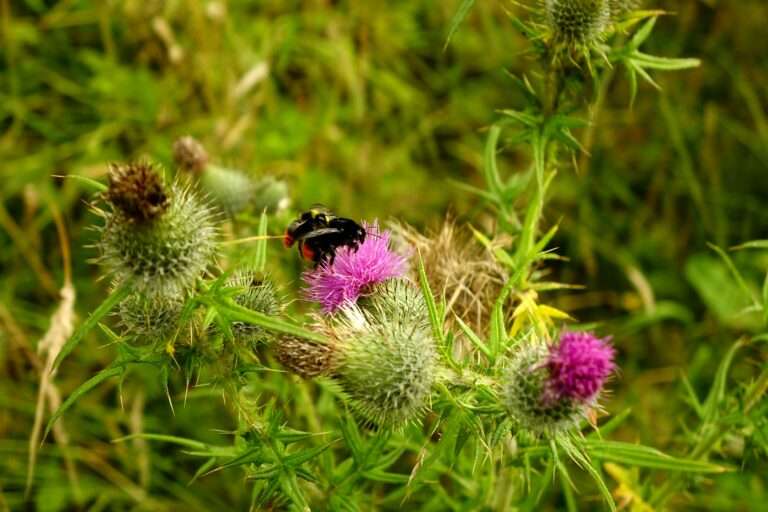Where to Install Bird and Bat Boxes for Maximum Conservation Impact
It’s easy to underestimate just how fussy wildlife can be about real estate. You can have a pristine bird box, beautifully built and well-meaning, yet if it’s facing the wrong way or mounted too low, you’ll get nothing but cobwebs. Bats are even pickier – the slightest draught or misplaced light and they’ll move out faster than you can blink.
Still, when done right, installing bird and bat boxes is one of the simplest, most effective ways to boost biodiversity in our towns and countryside. The trick isn’t just putting them up – it’s knowing where and how.
Whether you’re managing a new development, restoring a rural site, or just giving your garden a bit more life, placement makes the difference between a thriving roost and an empty shell.
So, let’s break down what works, what doesn’t, and what every planner, developer, and eco-conscious property owner should know.
Why Location Matters More Than You Think
Wildlife doesn’t adapt to human schedules or architectural convenience. Birds and bats look for very specific micro-conditions: shelter, warmth, safety from predators, and proximity to food and water. Miss any of those, and you’ve essentially built a beautiful but useless box.
Temperature regulation, for instance, is a huge factor. A south-facing wall might sound perfect for warmth, but in summer, it can overheat and drive bats away. A shady north-facing spot might stay too cold, especially for birds raising chicks.
Then there’s noise and light. Streetlights, car parks, extractor fans – all interfere with natural behaviours. I’ve seen perfect installations ruined by a single security light.
Placement isn’t just an aesthetic choice. It’s ecological engineering in miniature.
Bird Boxes – Getting It Right
There’s an art to putting up bird boxes, though it’s not complicated once you get the basics. Think of it as providing safe, functional housing – but with feathers involved.
Ideal Height and Orientation
| Bird Species | Recommended Height | Facing Direction | Typical Habitat |
|---|---|---|---|
| Blue tit, great tit | 2–4 metres | North-east | Gardens, parks, woodland edges |
| House sparrow | 2–5 metres | East or south-east | Buildings, eaves, terraces |
| Starling | 3–5 metres | East or north-east | Urban and suburban areas |
| Swift | 5+ metres | North or east | Tall buildings, barns, schools |
| Robin, wren | 1–2 metres | East | Shrub cover, quiet corners |
The rule of thumb: avoid direct sunlight and prevailing winds. In the UK, that usually means a box facing north-east. You want steady warmth, not scorching heat.
And please, avoid sticking them near feeding tables or high-traffic paths. Birds won’t nest if they feel constantly watched or harassed.
Grouping and Spacing
Not every bird is sociable. House sparrows love a terrace setup – several boxes side by side. Blue tits? They want their own space, thanks very much. Leave at least 10 metres between boxes for territorial species.
And if you’re installing multiple boxes on a new housing estate or school, vary the heights and orientations. Diversity attracts diversity.
Building Integration
It’s becoming more common to see boxes built into the structure – swift bricks, sparrow terraces, cavity units under eaves. They’re longer-lasting and visually subtle. More importantly, they protect nesting sites for decades rather than years.
For developers, this ticks both sustainability and compliance boxes – quite literally. See our section on bird and bat box installation for details on integrated designs and ecological planning.
Bat Boxes – A Different Ballgame
Bats have very different needs to birds. They’re nocturnal, temperature-sensitive, and loyal to proven roosts. They’ll only move in if the conditions are just right.
Placement and Height
| Bat Species | Height | Orientation | Environment |
|---|---|---|---|
| Common pipistrelle | 3–5 metres | South or west | Woodland edges, buildings |
| Brown long-eared bat | 3–4 metres | East or north-east | Trees, barns, gardens |
| Noctule | 5+ metres | South-west | Open parkland, tall trees |
| Daubenton’s bat | 2–5 metres | Near water | Bridges, riversides |
Bats like warmth but not direct glare. Mount boxes on smooth walls or mature trees, avoiding areas with artificial lighting. South or west-facing is best for warmth, provided there’s some shade later in the day.
Always give them a clear flight path – open space in front of the box. Bats aren’t agile at take-off like birds. They need a vertical drop to launch.
And never mount a bat box above windows, doors, or vents. Not only will that disturb them, but guano buildup can cause hygiene issues.
Orientation Variety
A clever trick is to install three boxes on different faces of the same tree or building – one facing south, one east, one west. That gives bats microclimates to choose from depending on the season. It’s a simple way to boost occupancy rates.
Common Mistakes (and How to Avoid Them)
A few pitfalls crop up time and again:
- Boxes too low: Cats and squirrels see them as snack dispensers.
- Facing the wrong way: Boxes baking in the sun rarely stay occupied.
- Poor mounting: Boxes that rattle in the wind will be abandoned.
- No nearby food sources: Nesting birds need insects and berries within range.
- Ignoring lighting: Floodlights can completely disrupt roosting bats.
And one more: cleaning. Bird boxes should be cleaned once a year, ideally in autumn. Bat boxes, on the other hand, should never be opened without a licence. It’s illegal to disturb roosts under UK law.
The Urban Opportunity
Urban areas get a bad reputation for biodiversity, but they’re teeming with potential. Swifts, sparrows, starlings, and pipistrelles have adapted brilliantly to human structures – if we let them.
Integrating boxes into housing developments, business parks, and schools can offset lost natural habitat. For example, Birmingham’s “Green Living Spaces” plan and Manchester’s “Bee Network” both promote nesting and roosting habitats in urban regeneration zones.
Planners often underestimate the cumulative effect. A few boxes per block, multiplied across a city, create thousands of micro-habitats.
That’s not tokenism. That’s an urban ecosystem in action.
Rural and Edge-of-Town Sites
You might think the countryside doesn’t need boxes – plenty of trees and hedgerows, right? Not quite. Modern agriculture has stripped away many natural nesting sites. Dead trees are felled, barns sealed, old hedges ripped out.
Installing boxes on barns, outbuildings, or old trees can restore lost breeding sites. Farmland birds like swallows and kestrels rely heavily on these kinds of interventions.
Bat boxes on rural buildings also help maintain population corridors between woodland and water. This connectivity is crucial for long-term survival.
Conservation Impact – Why It’s Worth the Effort
It’s tempting to see boxes as symbolic, but there’s real science behind their impact.
According to the RSPB, installing even a few boxes in a suitable habitat can double the local population density of some small birds. The Bat Conservation Trust notes that well-placed roosts significantly increase reproductive success in fragmented landscapes.
Even in controlled urban studies, boxes have improved local insect control by up to 30%. One pipistrelle eats around 3,000 insects per night – that’s pest management you can’t buy.
There’s also the educational side. School projects that include box monitoring build ecological awareness early. Children seeing fledglings leave the nest or bats emerge at dusk – that stays with them.
Combining Boxes with Broader Biodiversity Measures
Boxes alone won’t save species. They’re a piece of the puzzle. Combine them with other habitat measures and the results multiply.
Plant native hedgerows for cover. Install ponds for insect life. Add wildflower margins or green roofs for pollinators. Together, they form a living system – not isolated gestures.
Developments designed this way often achieve higher Biodiversity Net Gain scores, now required under UK law. In many cases, the cost is minimal compared to the long-term environmental and planning benefits.
A Quick Reference Table
| Setting | Best Box Types | Typical Height | Facing Direction | Extra Tips |
|---|---|---|---|---|
| Garden | Blue tit, robin, bat box | 2–4m | NE or SE | Keep away from feeders and lights |
| School or housing site | Swift brick, sparrow terrace | 4–6m | E or NE | Build into structure if possible |
| Industrial estate | Bat tube, starling box | 3–5m | S or W | Ensure open flight path |
| Farmland | Barn owl, swallow, pipistrelle | 3–8m | E | Use existing trees or barns |
| Riverside | Daubenton’s bat | 2–5m | Near water | Mount under bridges or banks |
Simple, right? But simple doesn’t mean insignificant. Every box placed in the right spot can tip the scales for species that have nowhere else to go.
Final Thoughts
Putting up bird and bat boxes isn’t just an environmental gesture – it’s a statement about how we see our relationship with nature. It says we’re willing to share space, to give something back.
Get the placement wrong, and it’s wasted timber. Get it right, and you’ve created a small sanctuary that could support life for years to come.
You don’t need to be a developer or ecologist to make a difference. Just pay attention to the basics – height, direction, light, and safety.
Nature does the rest.
Killingley Insights is the editorial voice of NT Killingley Ltd, drawing on decades of experience in landscaping, environmental enhancements, and civil engineering projects across the UK.








